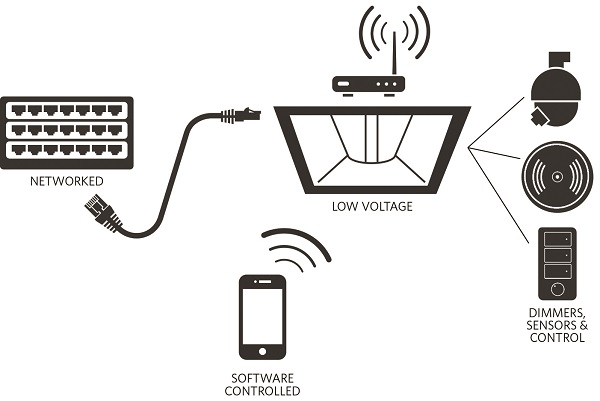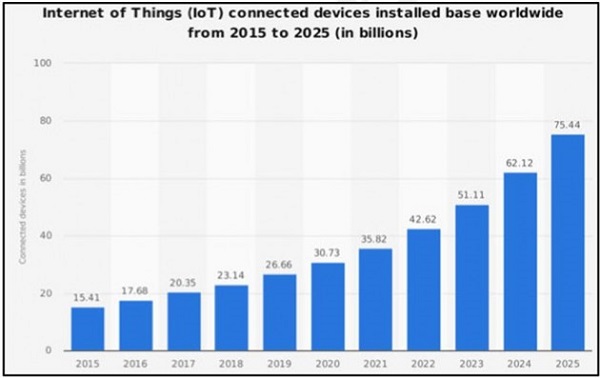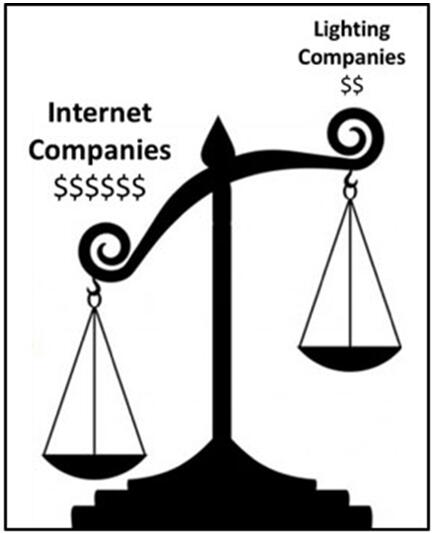
In recent years, the Internet of Things has become a hot topic, thanks to the rapid development of low-cost sensors, microprocessors, and wireless communication services. Once these IoT platforms are applied in any environment, massive amounts of data on energy use, environmental conditions, and human activities are generated. These data are extremely valuable and can be used to provide new application features. These functions can be simple or complex; simple to a command for a smart home product, “Is the light in the Jimmy room?”, complicated to a command issued to the building management system to control the entire building. Lighting, air conditioning, security systems, and space use (such command control for space usage typically requires real-time processing of space usage, temperature, CO2 levels, humidity levels, etc.). From a statistical point of view, the number of IoT sensors is more than three times that of the global population (Figure 1), and the number of newly-invented IoT devices is expected to grow rapidly.

The IoT platform is becoming a disruptive force in the lighting industry because the lighting system has three attributes that are coveted by the key parts of the emerging IoT market: ubiquity, favorable position and energy consumption. In the Internet of Things, a luminaire can be thought of as a power system that contains one or more “objects” (usually sensors) that feed data to the control system via a wired or wireless connection. Sensor data can be processed by cloud computing, but is more likely to be processed locally (in the luminaire, in the room, or elsewhere in the building) to reduce the time (delay) between sensing and system response and to address network security issues . The value of the Internet of Things for lighting companies comes from the use of sensors in luminaires for data generation, creating intelligent services that consumers and building managers consider to be indispensable. This is becoming more and more attractive to lighting companies because solid-state lighting (SSL) itself is a disruptive technology that is increasingly commoditized, and lighting companies’ investors and shareholders are also looking for new non-lighting ways to achieve revenue growth. .
These evolving new market opportunities mean that IoT-supported lighting is entering the commodity lighting market, and almost all major lighting manufacturers and many small startups offer such products. IoT products in the lighting industry are often referred to as “interconnected” or “smart” lighting systems, and most lighting systems that support the Internet of Things include simple passive infrared (PIR) occupancy sensors and daylight sensors; but in the future, they may Includes more advanced integrated sensors (eg carbon dioxide sensor, infrared imager, radar sensor). At present, different interconnected lighting products are not completely “interoperable”, so products from different vendors usually cannot work together on the same IoT communication protocol, even if they use “open” (non-specialized) Some) communication platforms. Interoperability issues are widely recognized and IoT industry organizations are working to resolve this issue.
As the Internet of Things gradually penetrates into the lighting market (and almost all other markets), we need to make significant progress in analysing all the data generated by sensors. Analytical work that digests information to provide value-added services will increasingly rely on machine learning (ML) and artificial intelligence (AI) to maximize the benefits of the IoT platform. Although the ML / AI system itself is a disruptive technology, they are just beginning to be put into practical use. They are rapidly evolving in other markets, such as autonomous vehicles, healthcare analysis and voice-activated smart home technology, and will be applied to adaptive control of lighting and building management systems.
Summarizing the current situation, the curse of the past “I hope you live in an interesting era” certainly applies to today’s entire lighting industry, which is the pain caused by the major subversion of three intertwined technology platforms: 1) Constantly introducing new solids Lighting technology, 2) Gradually introduce the concept of IoT based on luminaires, 3) Use increasingly complex ML / AI embedded systems for lighting (and building management) control. While practitioners in the lighting market will face challenges in the face of these imminent changes, many have recognized that long-term trends are clear:
Lighting can’t escape the future Internet of Things
Internet of Things-based services are the business areas of network, telecommunications, and information technology companies that transmit sensor data to end users who provide value-added data services. These companies will ultimately address a wide range of interoperability issues, network platforms, privacy/network security and data ownership management. Non-lighting companies have strong capital (see Figure 2), have invested heavily in IoT and ML / AI technologies, and are most likely to monetize an interconnected future – including lighting. Large alliances in the IoT industry are addressing a wide range of IoT applications, with few lighting companies.

How is lighting linked to the Internet of Things?
Unless the lighting company is able to maintain control of the sensors and slots, the answer to this question is probably not much. Of course, lighting system design will always be important, not just for energy savings, but more and more consideration of human factors and possible Li-Fi technology. Energy considerations are still important, but only at the control level and eventually turned to automatic lighting control systems. The system will rely on sophisticated occupancy sensors, IoT connectivity and ML / AI data analysis, using the concept of optical response to save energy and using occupant sensing, tracking sensing and daylight sensing to provide gradable lighting Designed to improve people’s health.
Is there a bright side for lighting and the Internet of Things?
The lighting industry still has a lot of room for innovation and room for growth. This can come from embracing the future of the Internet of Things, including the continued development of new lighting form factors and new optics (eg, Lensvector and others) that enable efficient dynamic color mixing and light pattern shaping. Working closely with developers of IoT, IT and lighting design software tools, the lighting community (designers and manufacturers) can help shape the future of the connected lighting industry.
Perhaps one of the best opportunities for lighting companies to benefit from the future of the Internet of Things is to have sensors and explore how to make the lighting of a luminaire an integral part of the sensory capabilities of a luminaire. Establishing daylight sensors incorporated into luminaires, there are new ways to perform high-precision occupancy tracking using even reflected light sensing of digitized illumination, and even generate gesture detection (eg, standing, sitting, squatting) data. With improved illumination software design tools, considering the spectral reflectance of the spatial surface, compensating for glare and human eye health and well-being light dose, a better illumination spectral power distribution can be calculated more accurately than other non-light-based techniques. When the lighting system is able to cost-effectively perceive its environment (ideally using low-cost color light and time-of-flight measurements to protect privacy), lighting becomes an integral part of any IoT solution.
In addition to ubiquity, vantage, and energy consumption, the lighting industry can generate valuable lighting-based data and information for lighting control systems as well as building management, healthcare operations, communications, and even other IoT systems in horticulture. By making perceptual lighting a requirement for the operation of IoT systems, IoT solutions will require lighting system design and connectivity to achieve maximum social benefits. However, if the lighting industry sells the development and ownership of slots (and binding posts) and sensors (and data) to companies outside the lighting industry, then significant market opportunities are missed. Lighting will gradually become a non-intelligent product plug-in, and will be married for others’ future IoT business.
